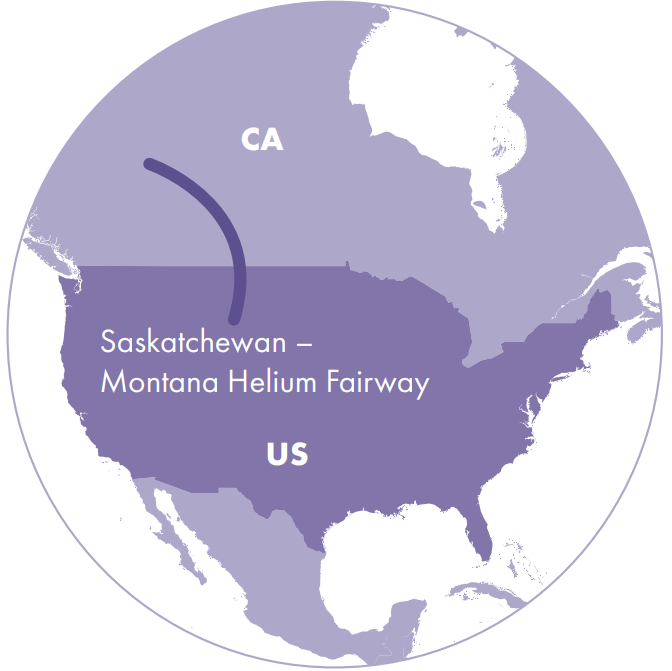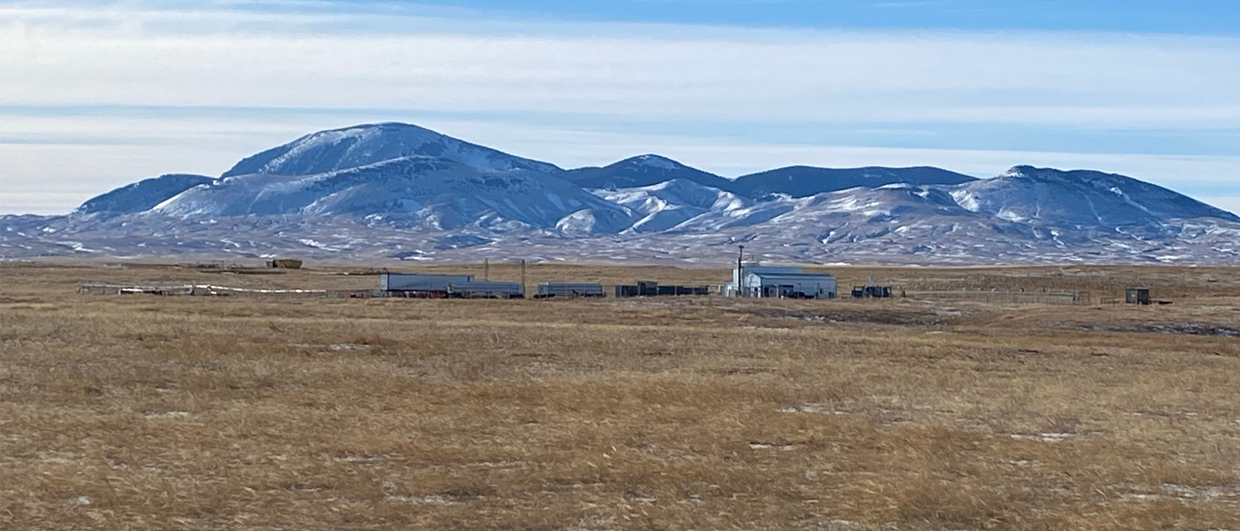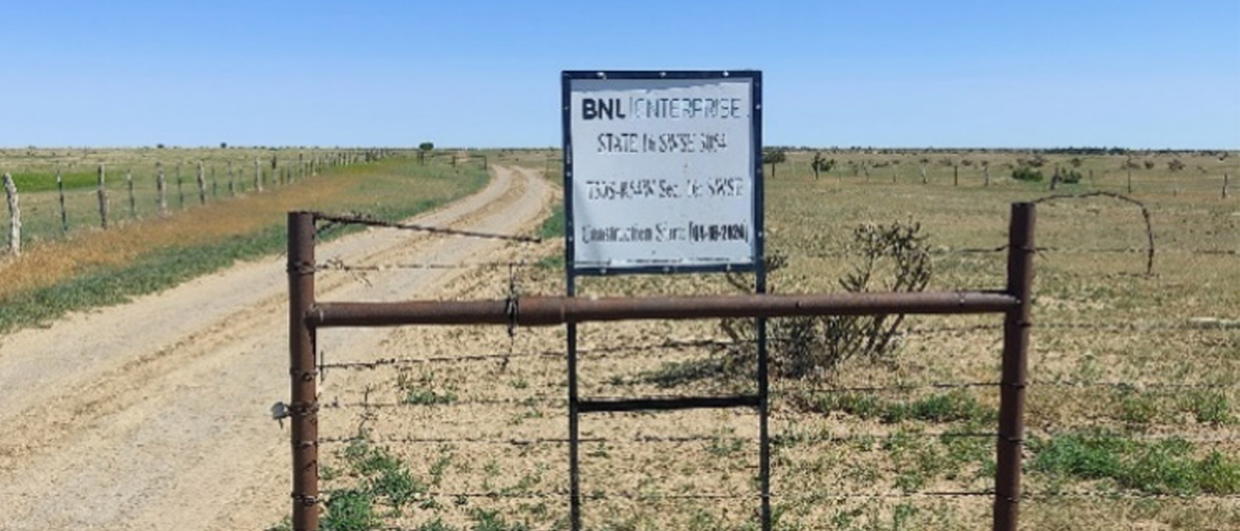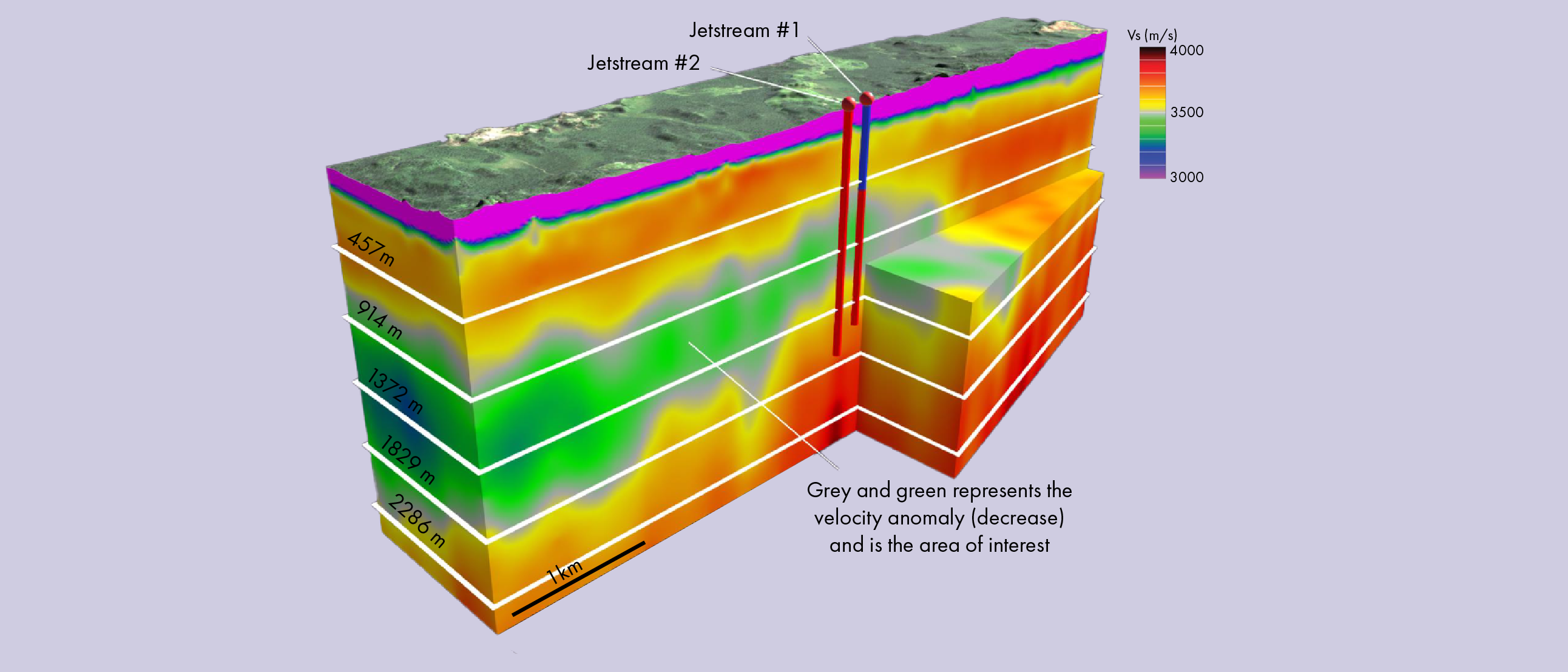As always, news outlets concentrate on the handful of exploration companies trying to prove additional (helium) resources. For instance, Gold Hydrogen announced a record find of 17.5% helium in the gas stream at their Ramsay project in South Australia, while Pulsar Helium boosted about their well test that yielded 14.5% helium on the Topaz project in Minnesota, USA. However, reserves for these projects still have to be accurately established and production is certainly some time away.

In the meantime, exploration, drilling and production quietly continue over the Alberta – Saskatchewan – Montana Helium Fairway that stretches across the Canadian American border. In this area, wells generally contain less than 1% helium but volumes are large and easy to produce. Moreover, the helium is mainly associated with nitrogen, smaller fractions of CO2 and minimal hydrocarbons, making it relatively ‘green’ because of the low carbon footprint.
The Saskatchewan – Montana Helium Fairway is underlain by the Archean aged Wyoming craton. The helium is generated in the granitoid basement as a by-product of radioactive decay of uranium and thorium. It subsequently migrates upwards into unconformably overlying sedimentary rocks and is trapped at Cambrian and Devonian levels most of the time.
For example, First Helium is developing their assets in the Worsley area in western Alberta, Canada. In this locality, Devonian marine sediments unconformably overlie the pre-Cambrian basement. Extensional faulting of the basement created a horst and graben system with carbonate platforms being established on the horst blocks. The reef trend is visible in seismic data throughout the area. When the basement faults were subsequently reactivated and extended into the Devonian reefs, hydrothermal fluids dolomitized the limestone around the faults and created additional porosity. Eventually, helium from the basement migrated along the faults and became trapped in the dolomite. In order to tap into these reservoirs efficiently, First Helium has drilled horizontal wells in the reef deposits for efficient production. The reservoir contains around 0.85% helium.
Today, helium is in such great demand that the majority is sold via offtake agreements to not only global gas distributors, but also private companies that want to secure their supply. In practice this means the produced helium is purified to the desired level on-site and then directly shipped to end users, for example to space and tech companies.





